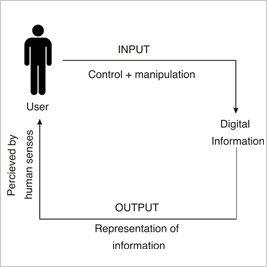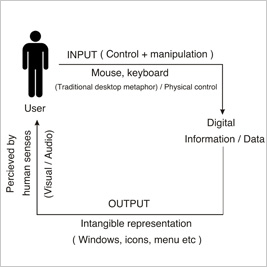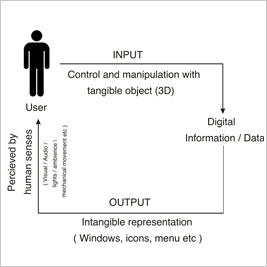Search
- yohoho
- unblocked games 77
- unblocked games 8
- unblocked games 2
- unblocked games for school
- unblocked games world
- retro bowl
- unblocked games
- unblocked games premium retro bowl college best unblocked games unblocked games
This section provides understanding of model of user interface, model of graphical user interface and model of tangible user interface. These models have been inspired from models proposed by Professor Hiroshi Ishii. These are:
5.1 Model of User Interface
5.2 Model of Graphical User Interface
5.3 Model of Tangible User Interface
5.1 Model of User Interface:
Model of user interface proposes two main aspect; control and representation. User provides an input with actions, controls to manipulate the information; based on performed actions digital information is been represented and perceived by human senses (E.g. Visual, audio, haptic etc.)

5.2 Model of Graphical User Interface:
Typically, in graphical user interface, physical controls (mostly mouse, keyboard, touch etc.) are used to interact and manipulate with digital information, while information is represented through intangible elements such as icons, menu, drop down etc. The information representation is perceived by human senses (E.g. Visual and Audio).

5.3 Model of Tangible User Interface:
Digital information is represented through intangible and/or tangible elements; whereas actions are manipulated using graspable objects (e.g. cube, theme based metaphor such as use of bottles in “music bottle” etc.) Immediate tactile feedback is sensed by user when object is grasped and manipulated. Grasped objects can have additional computational feedback to enhance the responsiveness. Digital information is represented through the appropriate use of tangible and/or intangible elements.
E.g. Visual, audio, lights, ambience, mechanical movements etc.
